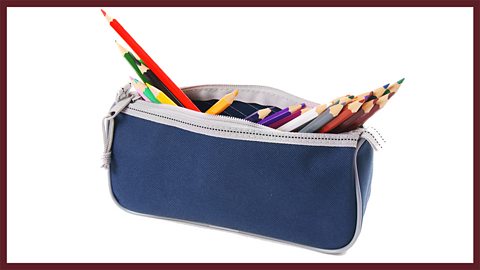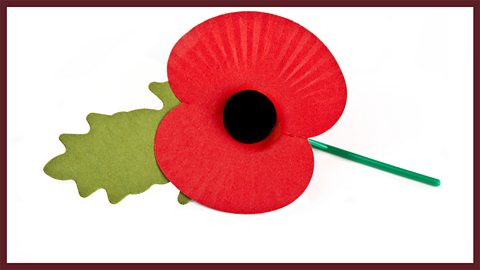Join Ben Faulks for a programme all about the famous historical event of The Great Fire of London; keeping safe.
Before the programme
- Look at the focus image - can you tell where Ben is?
- Why do you think heβs there?
- What clues are there in the picture that this is a museum? Share stories of objects that children have seen in museums.
- What kind of museum might this be?
- Sing together the nursery rhyme βLondonβs Burningβ. What is it about?
- What do children know already about The Great Fire of London?
Click to display the image full size

Programme content:
- Welcome and introduction: Some Something To Think About listeners tell us about losing something special and Ben introduces the Great Fire of London.
- Story. Mary and the Great Fire of London. A story by Rob John based on historical events. Mary lives with her family at Bertramβs Pie Shop on Pudding Lane. The year is 1666. Her white cat, Will, is the best cat in London, but (along with the rest of Maryβs family) he has an unexpected adventure when fire takes hold and they are forced to fleeβ¦
- Feature: Ben visits the Greater Man- chester Fire Service Museum in Roch- dale to meet Bob Bonner, who tells him a bit about the history of fire fighting since The Great Fire of London.
- Song: βChain of loveβ (All about our school, no 14). Encourage the children to join in with as much as they can.
- Reflection. Ensure everyone is listen- ing carefully and thinking quietly as we reflect on loss and courage.
- Opportunity for prayer: Children can turn their thoughts into their own prayer of thanks.
After the programme:
Talk about the story
- Why do you think Mary isnβt at school?
- Why canβt her father always answer her questions? What would you reply to her?
- Why do you think Will is the βbest cat in Londonβ?
- Why did they leave Maryβs cat behind? How do you think she felt?
- What saved Maryβs family in the end?
- Which of the events in the story do you think Mary will most remember? Which stories do you think she might have told her children and grandchildren?
- What story do you think Will the cat could tell about his adventures?!
Follow-up activities:
- You might find that children need some reassurance after hearing about The Great Fire. Emphasise whatβs changed since 1666 and how quickly fire services can respond today. It may also be worth using this opportunity to remind children about the importance of fire safety.
- You could also talk about the good things that happened as a result of the Great Fire: eg changes to the way buildings were constructed; destruction of old sewers that carried disease. How does learning about the past help us today? Use pictures of βthenβ and βnowβ - eg ovens, buildings, fire-fighting equipment, etc.
- Draw pictures that accompany the text of the story. You could decide on the key events as a class first, then divide into groups to work as illustrators.
- Use creative materials to create art inspired by The Great Fire. Silhouettes would work especially well.
- More audio content and activities about The Great Fire of London
- Watch this animation for KS1 about The Great Fire of London
- Use the online game on the .
KS1. New school year. audio
Ben is reflecting on a great summer holiday and looking forward to all the challenges in the year ahead.

KS1. Diwali and Bonfire Night. audio
Ben Faulks with a programme about the festival of Diwali; light and dark; Bonfire Night as another βspecial dayβ.

KS1. Remembering... why poppies? audio
Ben Faulks presents the first of two programmes exploring the theme of remembering.
